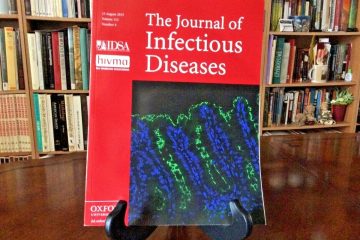The Rising Concern of Food Poisoning: Causes and Prevention

Introduction
Food poisoning is a significant public health issue that affects millions each year worldwide. According to the World Health Organization, an estimated 600 million people suffer from foodborne illnesses annually, leading to approximately 420,000 deaths. With the increased consumption of processed and restaurant foods, understanding the causes and preventive measures of food poisoning has become more relevant than ever.
Common Causes of Food Poisoning
Food poisoning can arise from various sources, including bacteria, viruses, and parasites. The most common culprits include:
- Salmonella: Often found in poultry, beef, and eggs, Salmonella is a leading cause of foodborne illness.
- E. coli: This bacterium can contaminate undercooked meats, unpasteurized milk, and raw vegetables.
- Norovirus: A highly contagious virus, Norovirus can spread through contaminated food and surfaces, especially in crowded places like restaurants.
- Campylobacter: Commonly present in undercooked poultry, this bacterium contributes to many cases of food poisoning.
Additionally, improper food handling, lack of hygiene, and cross-contamination in kitchens can increase the risk of foodborne diseases.
Symptoms and Diagnosis
Symptoms of food poisoning typically manifest within hours to days after consuming contaminated food, and can include nausea, vomiting, abdominal cramps, diarrhea, fever, and fatigue. Severity can vary based on the individual and the specific pathogen involved. In certain cases, such as those caused by Listeria or E. coli, symptoms can lead to severe complications, particularly in vulnerable populations such as infants, the elderly, and those with weakened immune systems.
Prevention Strategies
Preventing food poisoning requires vigilance and best practices in food preparation and storage:
- Wash Hands: Regular handwashing before handling food is essential in reducing the risk of contamination.
- Cook Thoroughly: Ensure that meat, poultry, and eggs are cooked to safe internal temperatures.
- Avoid Cross-Contamination: Use separate cutting boards for raw and cooked foods.
- Store Properly: Keep perishable foods refrigerated and pay attention to expiration dates.
Conclusion
Food poisoning can have serious implications for public health, but by understanding its causes, symptoms, and prevention methods, consumers can take proactive measures to protect themselves and their families. Continued education on food safety practices is crucial, particularly as new food processing methods and distribution channels evolve. Vigilance in food handling and preparation will significantly lower the incidences of foodborne illnesses, ensuring a safer food supply for all.








